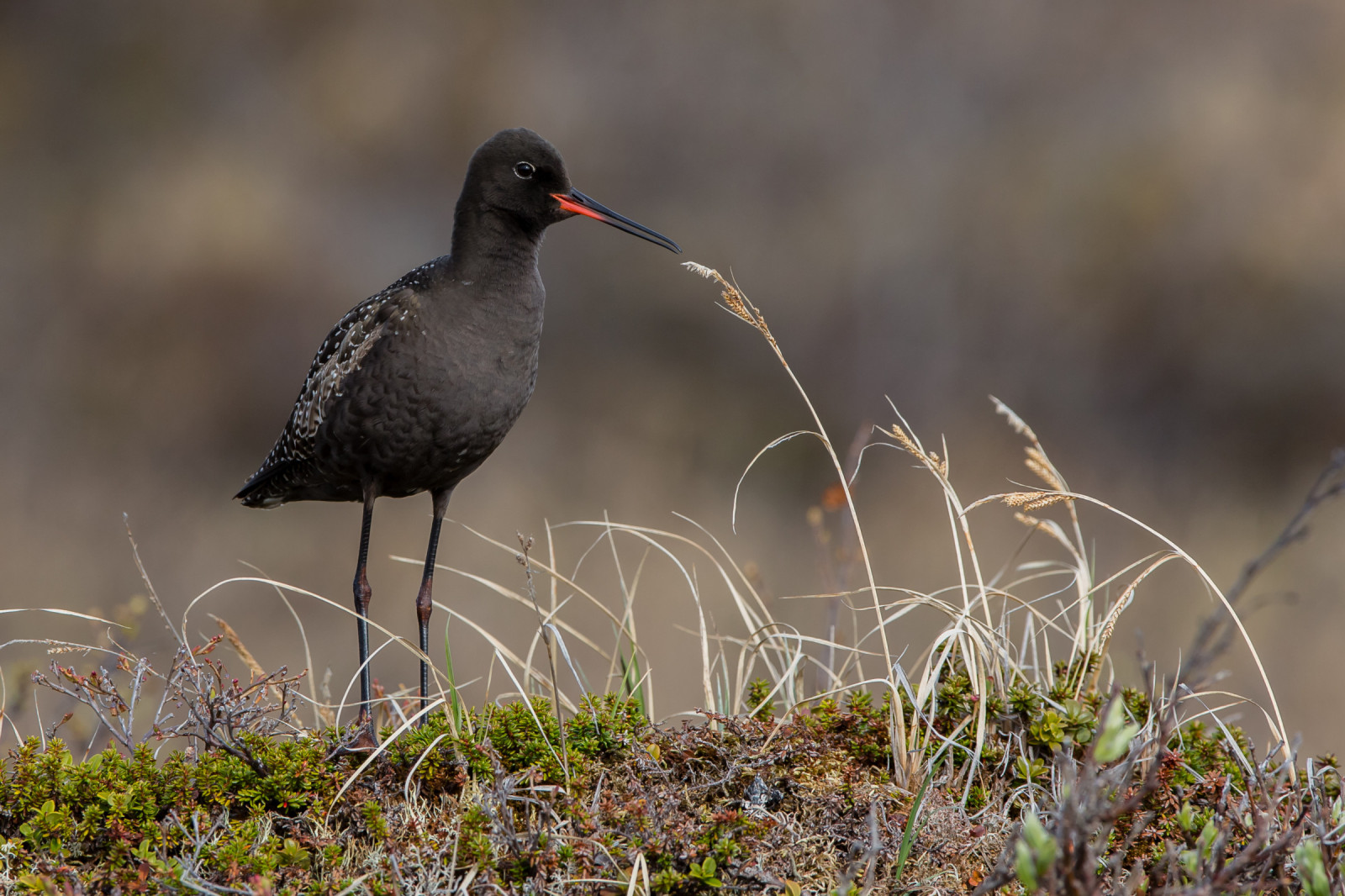Opis
The reservoir in Zesławice is an artificial water reservoir created in the 60s of the twentieth century as a result of damming the waters of the Dłubnia River with an earth dam for purposes related to the reduction of the flood wave on the Dłubnia River and water retention to equalize the flows below the dam. Zesławice consists of two large reservoirs of water with a road lined with concrete slabs in the middle of them. This causeway allows you to walk along the reservoirs and observe the birds. But you can also walk around the reservor. Also interesting for birding is the area where once a third reservoir was planned to the south (see the route on the map). Among the birds you can see in the area are głowienka, perkoz dwuczuby, kukułka, wodnik (zwyczajny), kropiatka, zielonka, czajka, sieweczka obrożna, sieweczka rzeczna, rycyk, biegus zmienny, brodziec piskliwy, brodziec śniady and krwawodziób.
Szczegóły
Dostęp
By car: free parking is located on Gustaw Morcinka Street for about a dozen cars by the tank itself. By public transport: by bus number 122 or 422, stop: Zesławice – bus terminus. The lagoon can be bypassed around, or by going in the middle. The left tank has a wider road.






